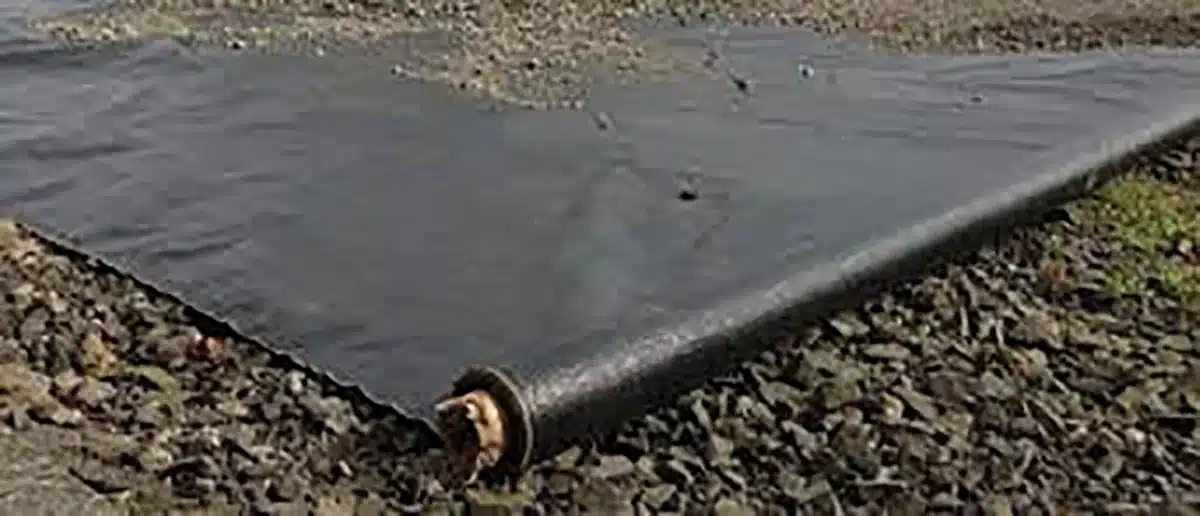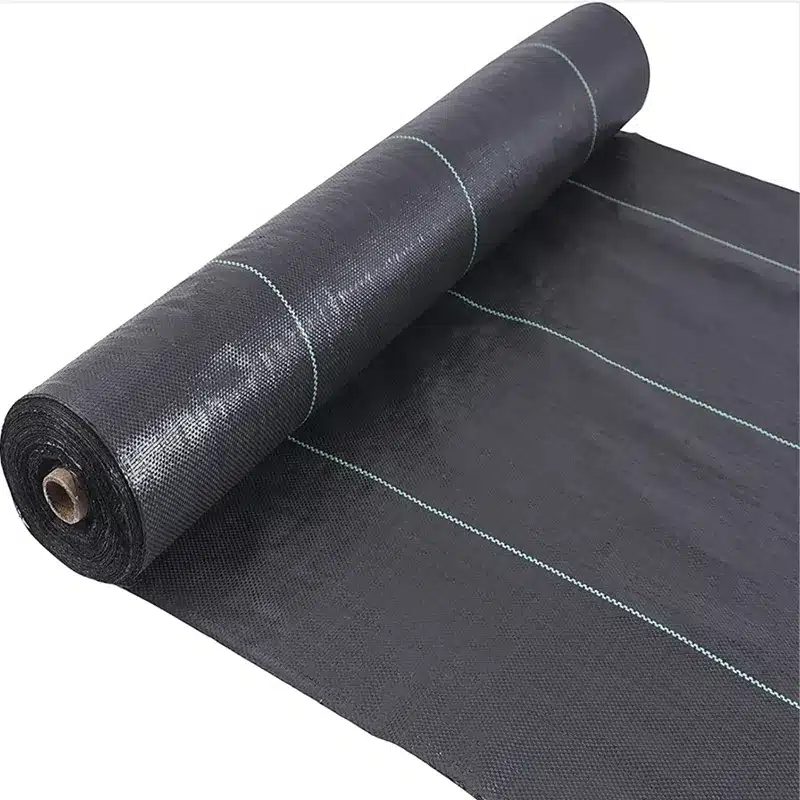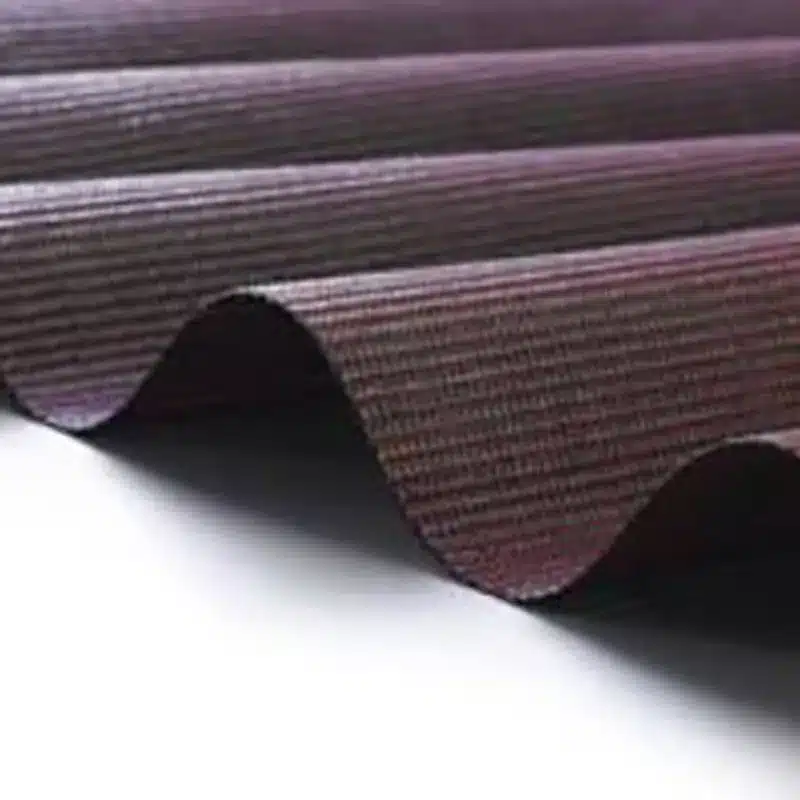+86-159 9860 6917
info@geofantex.com
geofantex@gmail.com
+86-400-8266163-44899
Woven geotextile fabric is a versatile material engineered for various construction and environmental applications. Created by weaving synthetic fibers, typically polypropylene or polyester, into a durable, permeable fabric, it provides high tensile strength and stability. Its primary roles include strengthening soil and reinforcement of structures such as walls, embankments, highways, under railroads, and as underlayment for house foundations, as well as soil reinforcement, separation, and erosion control. As industries and infrastructure projects continue to prioritize efficiency and durability, woven geotextile fabrics have become crucial for optimizing groundwork and ensuring long-lasting performance in diverse settings.
What are the 6 key applications for geotextiles?
Here is the refined version with the integrated terms:
- Separation: Geotextiles are used for separation, filtration, and protection, keeping different soil layers apart while maintaining the structural integrity of construction projects such as roads and railways.
- Reinforcement: In retaining walls, slopes, and embankments, geotextiles provide essential reinforcement and sealing, allowing for steeper construction angles while ensuring long-term stability.
- Filtration: They facilitate filtration and drainage by allowing water to pass through while preventing soil particles from moving, making them ideal for various drainage systems and erosion control.
- Drainage: Geotextiles aid in managing groundwater by guiding it through drainage systems, effectively handling filtration and separation to prevent soil particles from clogging the flow.
- Erosion Control: By providing reinforcement, drainage, and protection, geotextiles play a crucial role in preventing soil erosion on slopes and embankments, reducing the impact of wind and water.
- Protection: Geotextiles ensure the protection and sealing of geomembranes in containment systems by preventing punctures or damage from the surrounding environment, enhancing the durability of the system.

What are the applications of woven geotextile?
Here’s the refined version with the integrated terms:
Woven geotextile fabrics are widely used in areas that demand high tensile strength and stability, particularly for strengthening soil and for reinforcement of structures such as walls, embankments, highways, under railroads, and as underlayment for house foundations. Common applications include:
- Road Construction: They reinforce road bases and prevent the mixing of subgrade and base materials, leading to more durable pavements, especially important for highways.
- Railway Stabilization: Woven geotextiles enhance the load-bearing capacity of railway tracks by stabilizing the ballast layer, making them ideal for use under railroads.
- Retaining Walls: They improve the structural integrity of retaining walls by providing support and managing lateral soil pressure, crucial for the reinforcement of these structures.
- Drainage Systems: In drainage applications, they filter out soil particles while allowing water to pass through, ensuring efficient flow and contributing to the stability of underlying structures.
- erosion Control: Woven geotextiles stabilize shorelines, riverbanks, and slopes, minimizing the effects of erosion caused by water or wind, while reinforcing the underlying soil.
- Landfill Liners: They are used in landfills to protect the containment layers and to prevent contamination of surrounding soils and groundwater, ensuring the structural integrity of the site.
What are the different types of woven geotextile fabric?
Here is the refined version with the integrated terms:
Woven geotextile fabrics come in several types, including woven slit film, high-performance woven, monofilament filtration fabrics, or needle-punched nonwoven fabrics, each suited for specific applications:
- Monofilament Woven Geotextile: Made from single-thread fibers, it provides high permeability and is used in filtration and drainage systems, making it a key option among monofilament filtration fabrics.
- Slit-Film Woven Geotextile: Constructed from flat yarns, it offers high tensile strength and is typically used for soil separation and stabilization, often referred to as woven slit film fabrics.
- Composite Woven Geotextile: This type combines the properties of high-performance woven and needle-punched nonwoven fabrics, offering enhanced filtration and reinforcement, suitable for more complex engineering projects.
Does woven geotextile fabric let water through?
Woven geotextile fabric allows water to pass through, but its permeability is typically lower compared to non-woven geotextile fabrics. The precise flow rate depends on the type and design of the woven fabric, and water drainage through the material is minimal. While it does permit some water movement, it is primarily designed for applications where strength and stability are more critical than high permeability. For drainage-focused projects, monofilament woven geotextiles are preferred, as they have better permeability compared to slit-film varieties.
Woven geotextile fabric is an essential material in modern construction and environmental management, offering solutions for separation, reinforcement, and erosion control. With different types tailored to specific needs, woven geotextiles balance strength and permeability, making them invaluable for infrastructure projects. Understanding their applications and characteristics ensures optimal use in various engineering scenarios, leading to durable and sustainable development.



Get Free Sample
We’ll respond as soon as possible(within 12 hours)






















